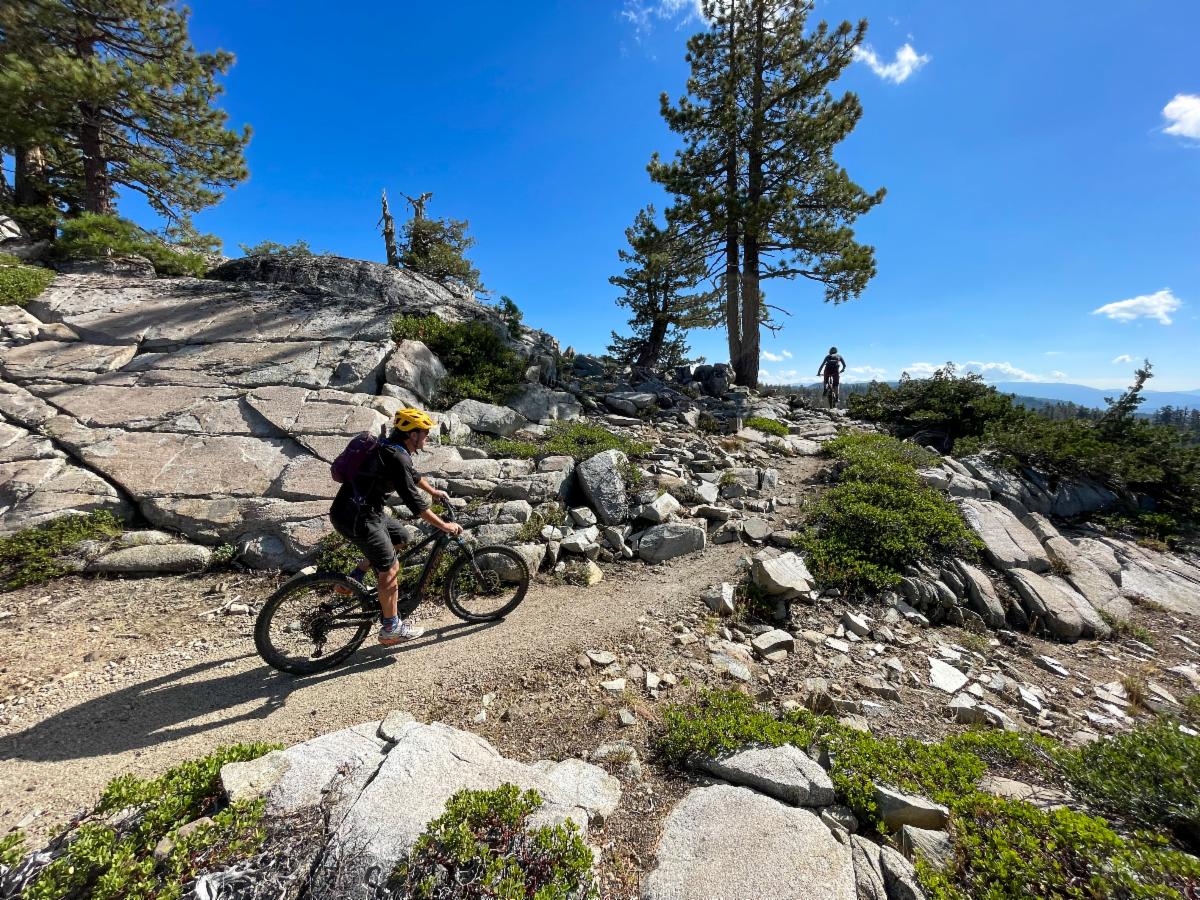
That’s a good point about the flexing; I hadn’t thought about that aspect. My concern was more that the hinge in this case is being forced open by standing on it, putting metal in compression. Whereas a folding bicycle hinge or a door hinge has the force trying to tear the hinge asunder, with the metal in shear tension. If it does hold up, ostensibly it’ll be heavier than other designs would demand.
I’m also no mechanical engineer, so this should be taken with a grain of salt. It does seem awfully fascinating as an idea though, a folding longboard: cruising around with the benefit of a long wheelbase.

For an overview of Harley Davidson’s systemic business issues, FortNine did a fantastic video [YouTube: How Harley Davidson Killed Itself, FortNine, 2020, 14:11] highlighting what went wrong. The condensed answer is a failure to ride the changing waves since the 80s.
That the most redeeming features and lineage of a Harley – which FortNine also covered [YouTube: Why Millions Buy Harley-Davidson Motorcycles, FortNine, 2021, 12:30] – can’t even carry-over to their electric lineup is summed up by the refrain “too little too late”.